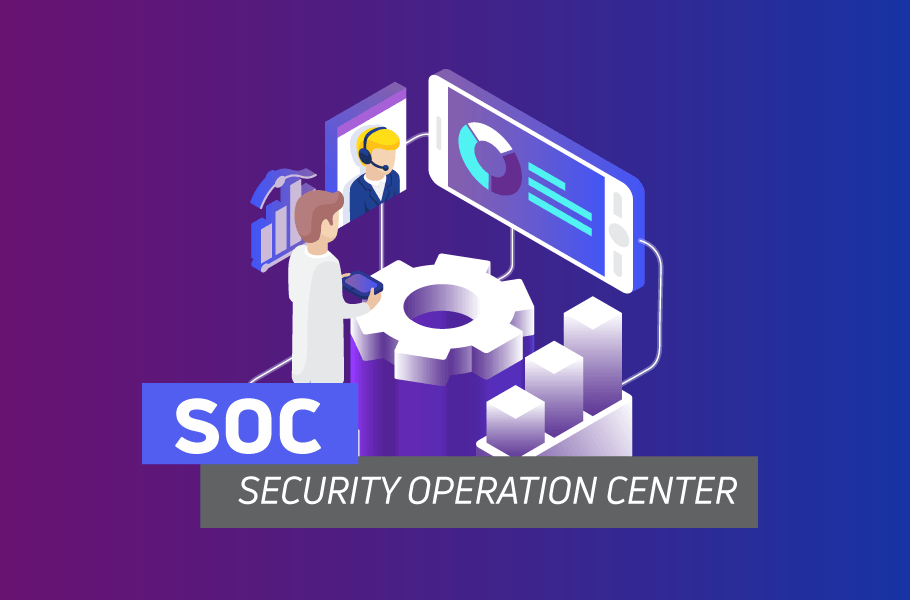Understanding SOC: Security Operations Center
 Cloud Tuned
Cloud Tuned
Understanding SOC: Security Operations Center
In today's cybersecurity landscape, organizations face a constant barrage of threats ranging from malware and phishing attacks to advanced persistent threats (APTs). To effectively detect, respond to, and mitigate these threats, many organizations rely on a dedicated Security Operations Center (SOC). In this article, we'll explore what a SOC is, its role in cybersecurity, and how it operates.
What is a SOC?
A Security Operations Center (SOC) is a centralized facility or team responsible for monitoring, detecting, analyzing, and responding to cybersecurity incidents in an organization's IT infrastructure. The primary goal of a SOC is to protect the organization's assets, data, and systems from security threats and breaches.
Role of a SOC
The SOC plays a critical role in an organization's cybersecurity posture by performing the following functions:
- Monitoring: Continuously monitoring the organization's network, systems, and applications for security events and anomalies.
- Detection: Identifying and analyzing security incidents and threats, including malware infections, unauthorized access attempts, and suspicious network activity.
- Analysis: Investigating security incidents to determine the scope, impact, and severity of the threat, as well as identifying the root cause.
- Response: Implementing incident response procedures to contain, mitigate, and remediate security incidents in a timely manner.
- Forensics: Conducting forensic analysis of security incidents to gather evidence, identify attackers, and prevent future incidents.
- Threat Intelligence: Monitoring and analyzing threat intelligence feeds to stay informed about emerging threats, vulnerabilities, and attack techniques.
- Incident Coordination: Coordinating with internal teams, external vendors, and law enforcement agencies as needed to respond to security incidents effectively.
Operating a SOC
Operating a SOC requires a combination of people, processes, and technology. Key components of a SOC include:
- Security Analysts: Skilled cybersecurity professionals responsible for monitoring security alerts, analyzing incidents, and responding to threats.
- SIEM (Security Information and Event Management): Centralized logging and monitoring platform that aggregates, correlates, and analyzes security event data from various sources.
- Incident Response Playbooks: Standardized procedures and workflows for responding to different types of security incidents.
- Threat Intelligence Feeds: External sources of threat intelligence that provide information about known threats, vulnerabilities, and attack techniques.
- Security Tools: Intrusion detection/prevention systems (IDS/IPS), endpoint detection and response (EDR) solutions, firewalls, and other security technologies used to detect and mitigate threats.
- Continuous Improvement: Regular testing, training, and exercises to evaluate and improve the effectiveness of SOC operations.
Benefits of a SOC
Implementing a SOC offers several benefits to organizations, including:
- Improved Threat Detection: SOC teams can detect security incidents and threats more effectively by continuously monitoring and analyzing security event data.
- Faster Incident Response: SOC teams can respond to security incidents promptly, minimizing the impact of breaches and intrusions.
- Enhanced Situational Awareness: SOC operations provide organizations with comprehensive visibility into their IT infrastructure, helping them identify vulnerabilities and mitigate risks proactively.
- Regulatory Compliance: SOC operations help organizations meet regulatory compliance requirements by maintaining audit trails, logs, and documentation of security incidents and responses.
- Effective Incident Management: SOC teams follow standardized incident response procedures and workflows, ensuring consistent and efficient handling of security incidents.
Conclusion
In conclusion, a Security Operations Center (SOC) plays a crucial role in an organization's cybersecurity posture by monitoring, detecting, analyzing, and responding to security incidents and threats. By implementing a SOC and adopting best practices for SOC operations, organizations can enhance their ability to protect against cyber threats, mitigate risks, and maintain the confidentiality, integrity, and availability of their systems and data.
Subscribe to my newsletter
Read articles from Cloud Tuned directly inside your inbox. Subscribe to the newsletter, and don't miss out.
Written by
